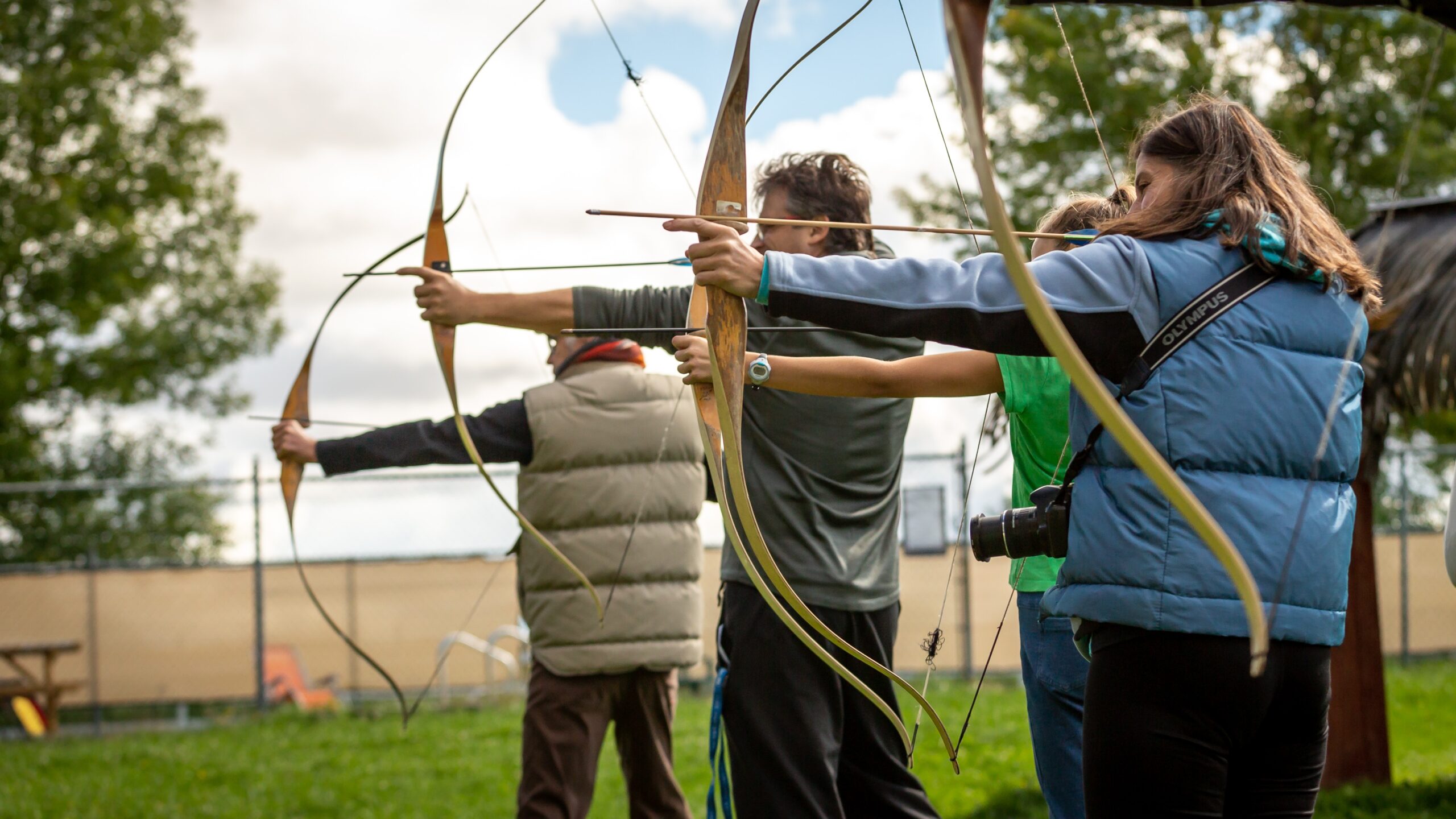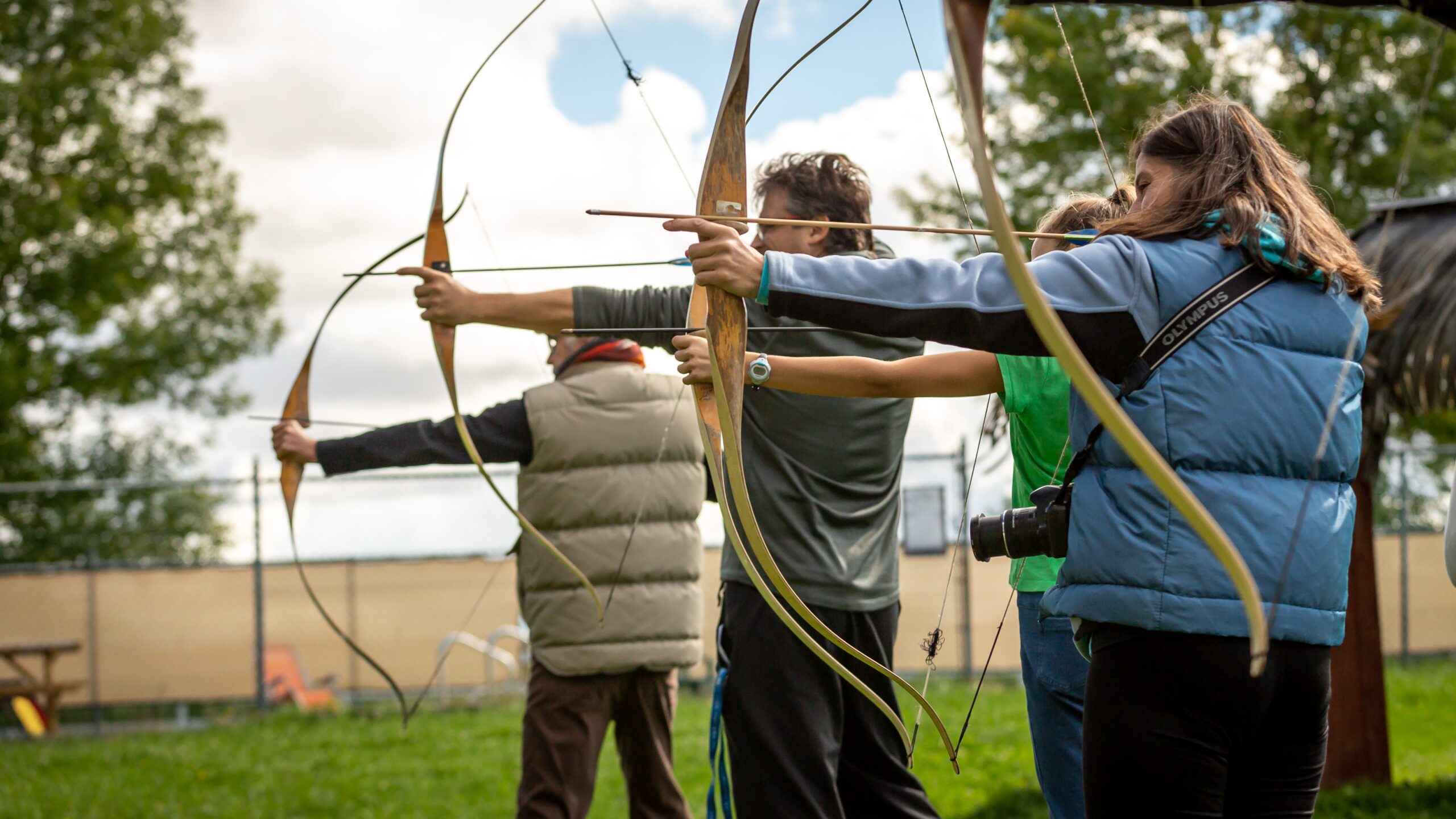
Archery – A Sustainable Skill
Sustainability means a broad range of things. It extends beyond growing your own food and reducing the footprint you leave behind and encompasses skills and niches you might not think of, like archery.
Archery is a timeless sport, which began tens of thousands of years ago. It’s still a valuable skill used for hunting, protection, strength, and so much more. Follow along as we explore the world of archery and its myriad of benefits.
What Do You Gain from Archery?
Obviously, you learn to use arrows and shoot a bow when you practice archery, but how does that fit into the bigger picture? What is so special about archery that it’s still used century after century? After all, the invention of gunpowder should have rendered it obsolete in many ways, yet it continues to hang on. There are several excellent reasons behind that.
Bow Hunting
As we discuss archery as a tool for sustainability, we can’t overlook the benefits of bowhunting. It’s difficult to master, but you’ll quite literally reap a lifetime of rewards. If you eat meat and learn to bow hunt, you’ll never have to worry about going hungry. Just make sure you’re doing your hunting within the confines of the law.
Bows aren’t suitable to hunt every type of animal. We certainly don’t recommend trying to bring down a fully grown grizzly bear with arrows, but they’re incredibly effective for certain types of hunting.
- White-tailed deer
- Black bear
- Rocky Mountain elk
- Mule deer
- Black-tailed deer
Hunting small game animals like rabbits, birds, and squirrels may be more difficult with a bow. It certainly isn’t impossible, however. It’s a test of skill (and often a test of stealth), but a seasoned bow hunter can still bag small game to bring to the dinner table.
For many people, hunting is a major component of living sustainably, and bow hunting takes that to a new level. You cannot reuse bullets, but (if you’re lucky) you can gather your arrows and continue using them.
Amplifies Focus and Concentration
Something is calming about archery. The world narrows and shrinks to the point of your arrow. It requires a great deal of focus and concentration, as anything less results in a failed shot. If you’re hunting, that may mean you miss your kill, but it’s disappointing even if you’re just shooting for sport.
Improving your focus and concentration serves you with archery, but it also positively impacts other areas in your life. Work becomes easier with better concentration, regardless of your job. Even mundane tasks, like daily chores, come easier when you’re able to fully focus on them. That means you carry lessons from archery everywhere you go.
You’ll Get Stronger
Archery improves your mental strength, as mentioned in the section above, but you’ll get physically stronger, too. Archery taps into several muscle groups, honing and strengthening them each time you practice with your bow. Over time, you’ll see gains and improvements in muscle tone and overall physical strength. It’s an excellent exercise for your upper body.
Overall, archery is a solid component of any exercise regime and works the following muscle groups:
- Arms – With proper form, archery works your biceps, brachialis, triceps, and brachioradialis.
- Back – You’ll tap into your latissimus dorsi, trapezius, rhomboids, and other minor muscles in your back while using a bow.
- Shoulders – Anterior and posterior deltoids and infraspinatus all come into play.
Your chest and pectorals also come into play, so archery gives most of your upper body and back a workout. If you practice consistently, the effort pays off.
Protection
These days, people typically rely on guns for protection and to keep their property and household safe. A bow and arrow (and the skill to use it) still serve to do the same, though. If you’re running low on ammunition or are facing a situation where stealth is of more use than force, a bow may be your new best friend.
They’re also useful for more than attacking. You can attach a string or rope to an arrow as an aid to reach safety (or get someone’s attention). Overall, a bow is a very versatile, adaptable tool. With skill and practice, you can protect yourself and your property quietly, all without the fear of running out of ammunition or drawing a lot of attention to your location.
Types of Bows
Bows have a multitude of uses, as you’ve seen, but every bow isn’t made equally. There are several different types of bows and arrows, and they’re each made for a specific purpose.
Bow Styles
There are a handful of different bow types. Some have been around for centuries, while others are relatively modern and fuse technology with the classic design and concept of a bow and arrow. Below are four of the most common bow types, but it’s not an exhaustive list.
- Longbows – Longbows have been around the longest and are the simplest design. They’re so simple you can make one yourself. People often still hunt with longbows.
- Recurve bows – Recurve bows are often used in the sport of archery, and you’ll see them in the Olympics and target practice setups.
- Compound bows – If you’re going to hunt with a bow, compound bows are an excellent bet. They’re efficient and high-tech, meaning you can customize them with additional pieces. They’re more complex than simple longbows or a recurve bow, but they make a fantastic weapon.
- Crossbows – Crossbows offer some of the same power as a firearm. They can shoot heavier arrows at longer distances and are ideal for protection and some big game hunting.
Final Thoughts
Archery has been around since 20,000 BC and is still practiced today. The benefits and uses listed above are only the beginning! It’s a highly versatile skill that pairs well with the idea of sustainability.
With that said Stoney Creek Farm invites you to our 4-week archery course! This course is suitable for all ages and abilities, so no prior experience is necessary. You’ll learn from a certified NASP instructor and have a ton of fun doing it. We hope to see you there!


